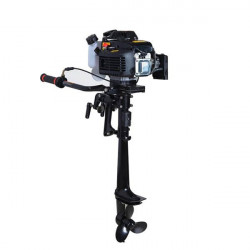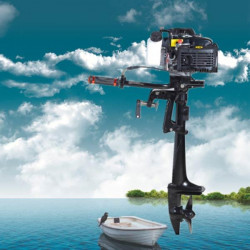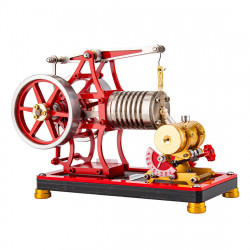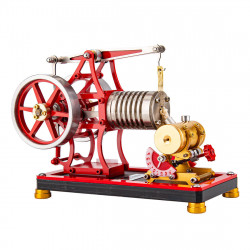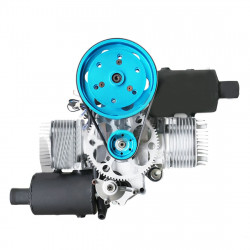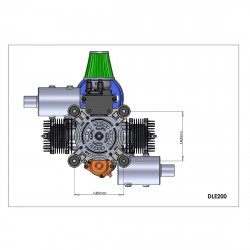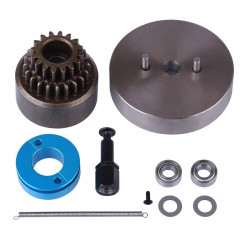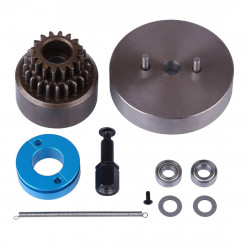
The "Tin Goose," a 1928 Ford Tri-Motor 5-AT-B, visits York, Pa
From September 16–18, 2023, the 1928 Ford Tri-Motor 5-AT-B from the Liberty Aviation Museum flew a series of missions organized by the Experimental Aircraft Association (EAA) in York, Pennsylvania. The Gettysburg Barnstormers, EAA Chapter 1041 from Gettysburg, Pennsylvania, hosted this set of flights! While it was getting ready to transport a group of volunteers who assisted with the weekend on a ferry to the next destination close to Altoona, Pennsylvania, we had the opportunity to look closely at the Tin Goose, as it was lovingly known.
We learned more about this plane's history after spending the entire weekend watching and listening to the iconic aircraft soar above the hobby shop. The 1929 Pennsylvania Railroad calendar, which promoted the Air-Rail service, and the 1931 calendar, which promoted the 48-hour cross-country service, were the first to include Transcontinental Air Transport (TAT)/Maddaux Air Lines aircraft. We periodically have copies of Dan Cupper's book "The Crossroads of Commerce" for sale at the shop, which contains Griff Teller's well-known artwork.
Griff Teller's 1931 artwork, Giant Conquerors of Space and Time, is displayed on a page from the Crossroads of Commerce.
The cover of the Summer 2003 issue of The Keystone, the quarterly journal of the Pennsylvania Railroad Technical and Historical Society, Volume 36, Number 2, features a Tri-Motor. Bob Eckel called the painting Teamwork.
Early aviation pioneers Charles Lindbergh and Amelia Earhart were key in establishing the US commercial aviation network. They served as advisers and representatives for the Pennsylvania Railroad's combined Air-Rail service venture with Transcontinental Air Transport. The journey, which began in New York City and ended in Los Angeles, was divided into four main parts. The Airway Limited, an overnight train operated by the Pennsylvania Railroad, traveled from New York to Columbus, Ohio, to finish the first leg. To complete the third leg, the passenger would return on a Santa Fe overnight train to Clovis, New Mexico, after completing the second leg on a TAT aircraft from Port Columbus, Ohio, to Waynoka, Oklahoma. Another TAT flight to Los Angeles and the neighboring environs marked the end of the trip. Ironically, the collaboration between rail and air ultimately established the US commercial aviation system. As more people discovered that flying or driving their cars was more convenient than using the train, the airlines and the Interstate Highway system eventually led to the death of the coast-to-coast passenger rail system.
A 12-1 Pullman sleeper car from Washington, DC, would have been picked up by the Airway Limited train from a connecting train in Harrisburg, PA, that would have made a stop in York, PA, on the PRR's Northern Central line.
Now let's return to the aircraft. The Ford's interior was nearly identical to a railroad coach car, with electric cabin lights above each seat, huge windows with curtains, and adjustable seats.
Before the crew completed their pre-flight inspections, we showed them the pictures from the Crossroads of Commerce and Chuck Blardone's article in The Keystone. We stayed to see the plane depart on its ferry ride to the Altoona region, where it would be making additional excursions.
Western Air Express and TAT/Maddux combined in 1939 to become Transcontinental & Western Air, Inc., or TWA as many came to know it. Up to its acquisition by American Airlines in 2001, TWA operated as a commercial airline.
